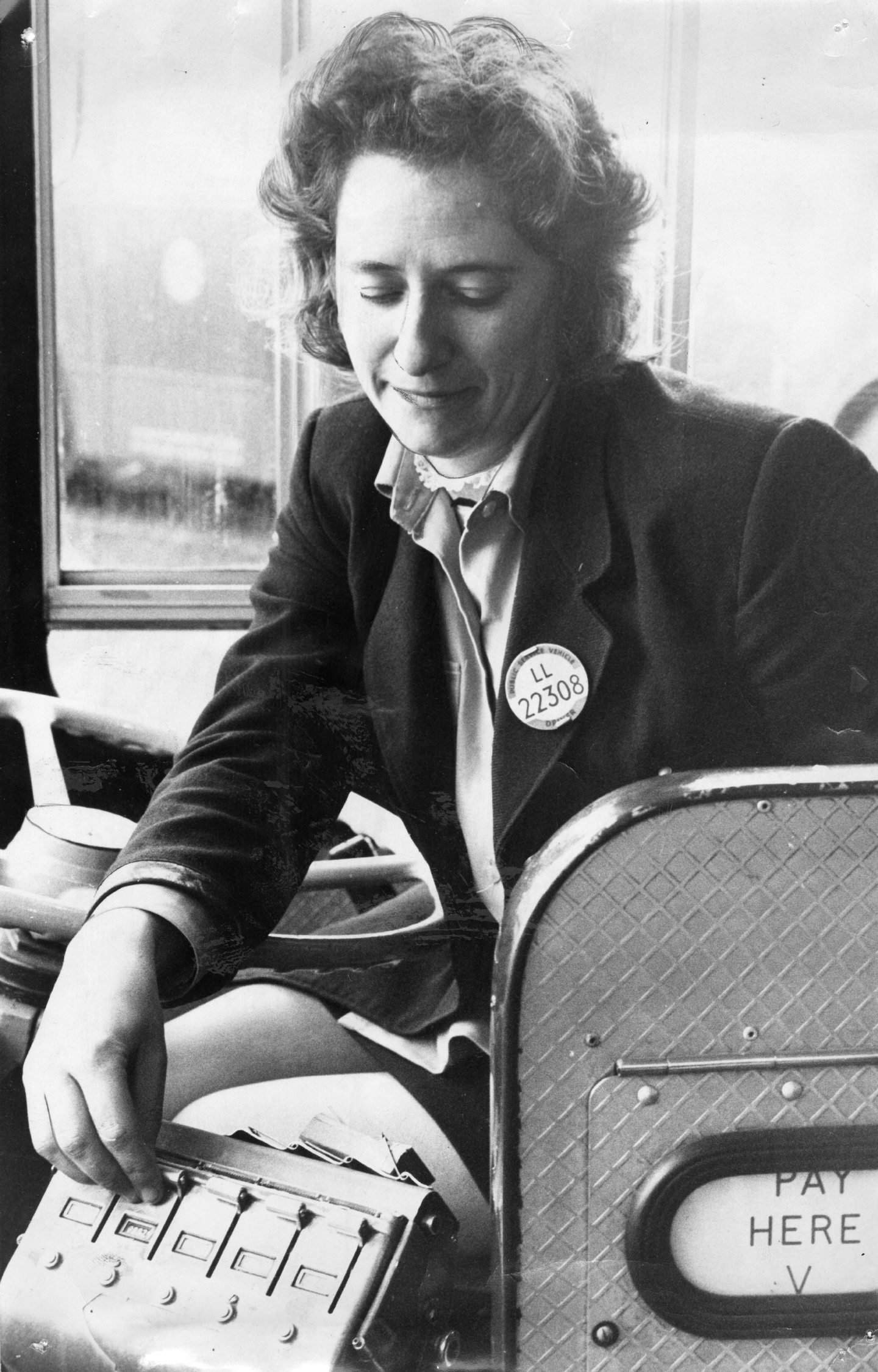The first Dundee buses began transporting locals more than 100 years ago, although the city’s trams were still the vehicle of choice for many for decades to come.
Buses were first introduced on to the roads of Dundee in late 1920 when the Dundee Corporation agreed to the purchase of two motor buses and two charabancs.
The first route took travellers from Dundee High Street along the road to Broughty Ferry Castle, all for a mere 4d.
It was two years later that the colour scheme of green and ivory was decided, which can still be seen on the city’s buses to this day.
Here, we roll back the years and look at the changes in buses and bus stations from around Dundee through the decades.
Some of the Dundee Corporation’s fleet can be seen here at the Transport Station in November 1932.
There had been much more investment into buses since the first were purchased just over 10 years previously.
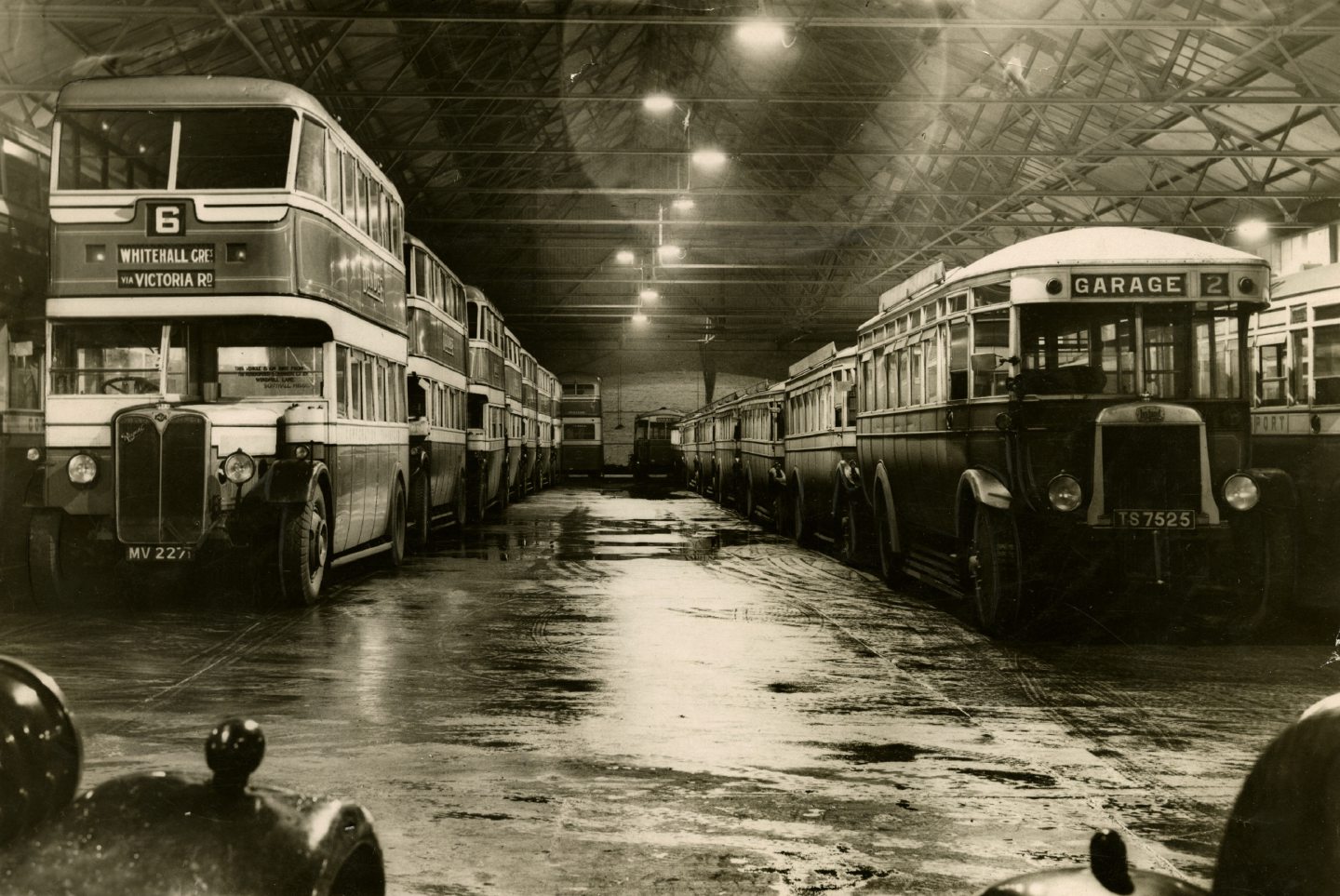
While the look of the double-decker buses isn’t a million miles from the style we see today, the single-decker vehicles have changed dramatically from the design seen below.
Here, the Dundee Corporation shows off its new single-decker buses at the Shore Terrace Station in August 1935.
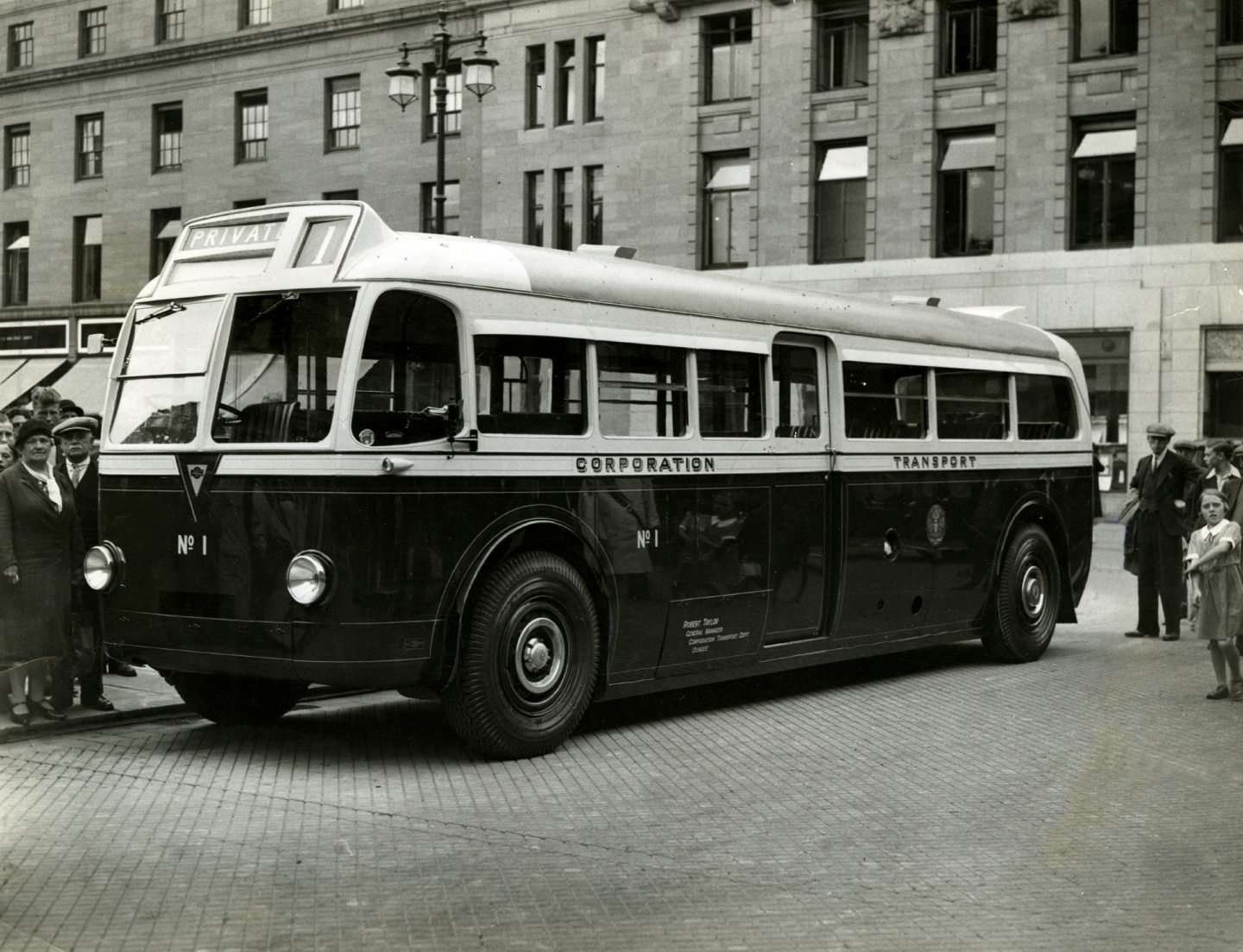
The station, which was built just behind the Caird Hall, opened in 1934; however, deliberations on where the city’s main station should be had started six years earlier.
Other suggestions for the dedicated bus station included the north side of the Nethergate, in front of the City Churches or on Commercial Street.
Due to those streets already being relatively busy and the roads being narrow, however, it was decided that behind the newly constructed hall would be the best option.
The new station came with some sacrifices, though, and the opening in 1935 meant an end to the markets that had been held in the area.
Travellers pack out the Shore Terrace bus station, below, at the start of the summer holidays in July 1948.
With the use of cars now the norm, instead of a luxury, it is almost hard to believe that bus travel was used for holidays by so many.
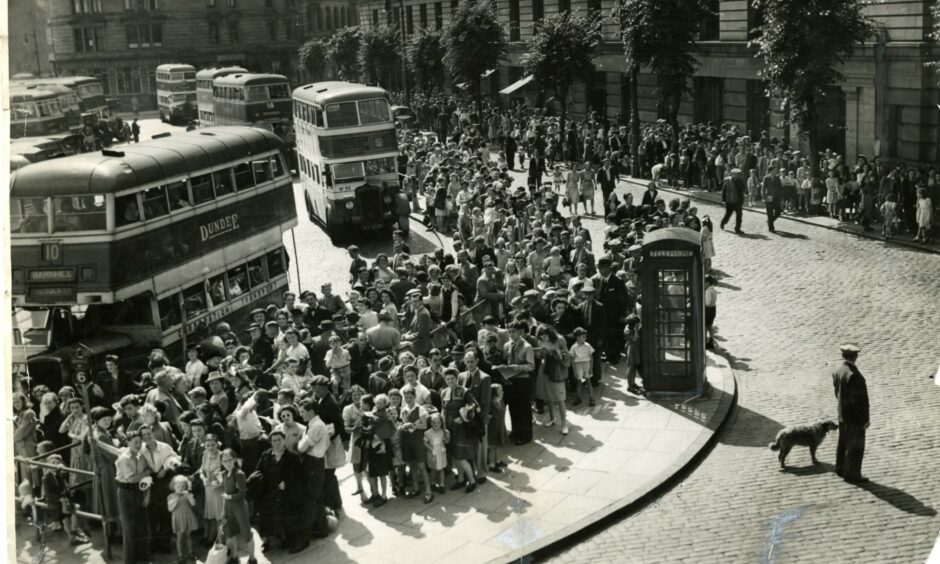
After 15 years the bus station was finally equipped with shelters made from reinforced concrete, much to the relief of commuters who were exposed to the elements as they waited at the terminal.
Below the packed bus station can be seen in September 1951 with as many travellers as possible making use of the new shelters.
At the time of its development the station was on the outskirts of the city centre; however, by the 1960s Dundee was going through a number of regeneration projects which meant the bus station was in the midst of the action.
This meant the end for the Shore Terrace bus station and the stances were closed in March 1973.
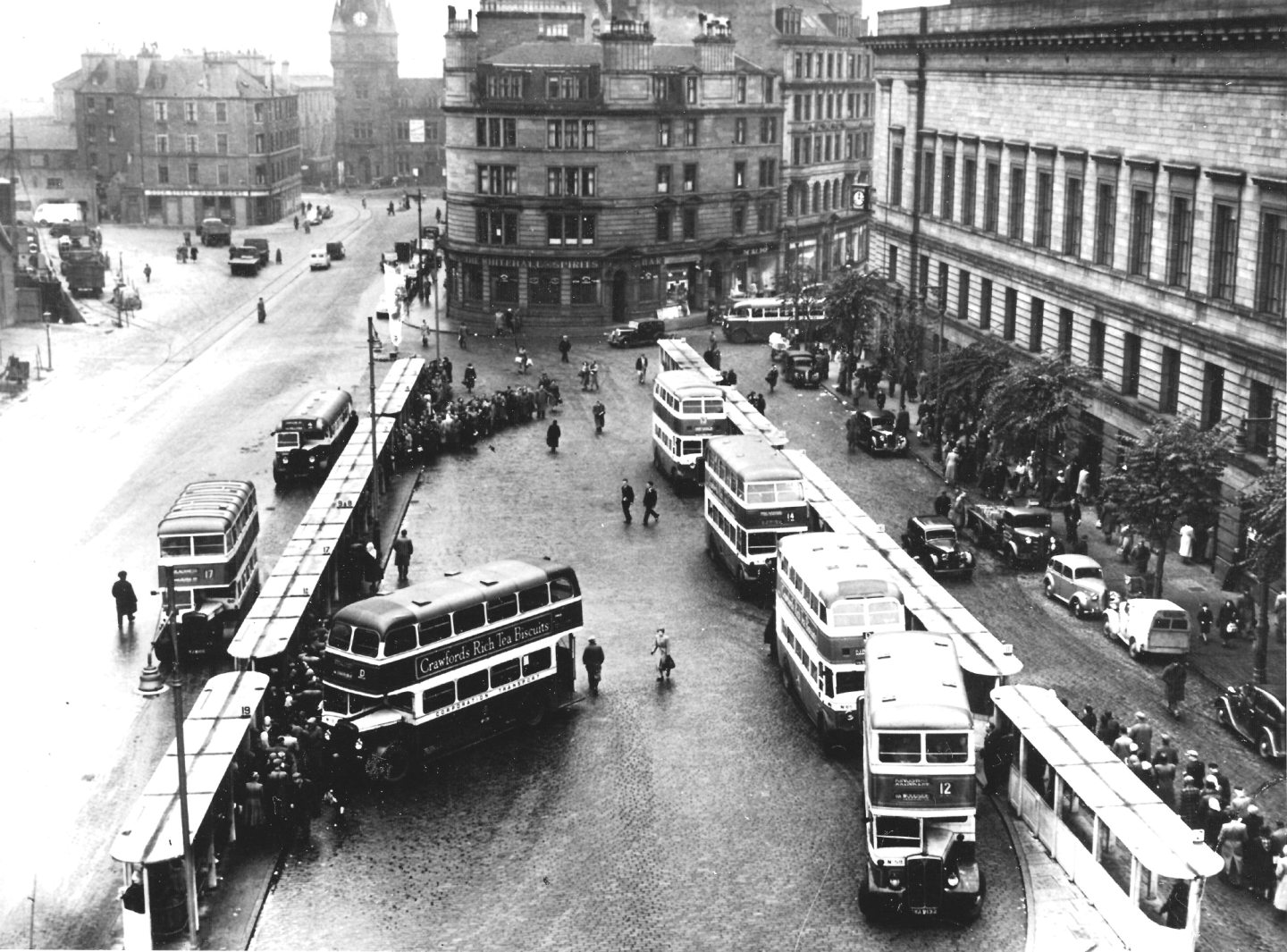
As well as Shore Terrace, Dundee was also home to the Lindsay Street Bus Station.
When it opened, the Evening Telegraph stated that “Dundee’s up-to-dateness as a bus centre will be beyond question after this week”.
The station opened in March 1935. It had a newsagent adjoining the passenger waiting room and the top floor of the building was let out to a billiards saloon that had 12 tables.

The station wasn’t run by the Dundee Corporation. It was private company W Alexander & Sons from Falkirk that was in charge.
By the mid 1950s, however, the station would be closed with the Seagate Station, which still stands to this day, opening in its place.
Below, a group of drivers, conductors and inspectors are pictured at the Seagate bus station in June 1988.
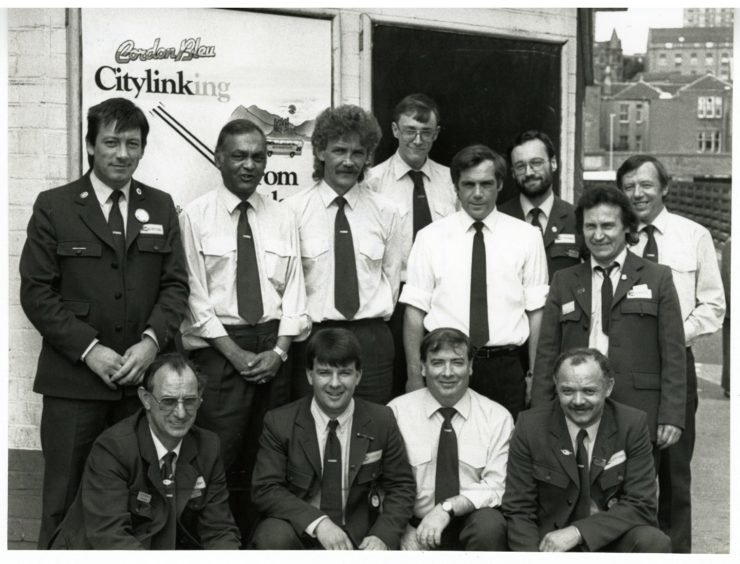
The number 2 bus heading to the City Centre can be seen making its way through a busy street in June 1954, below.
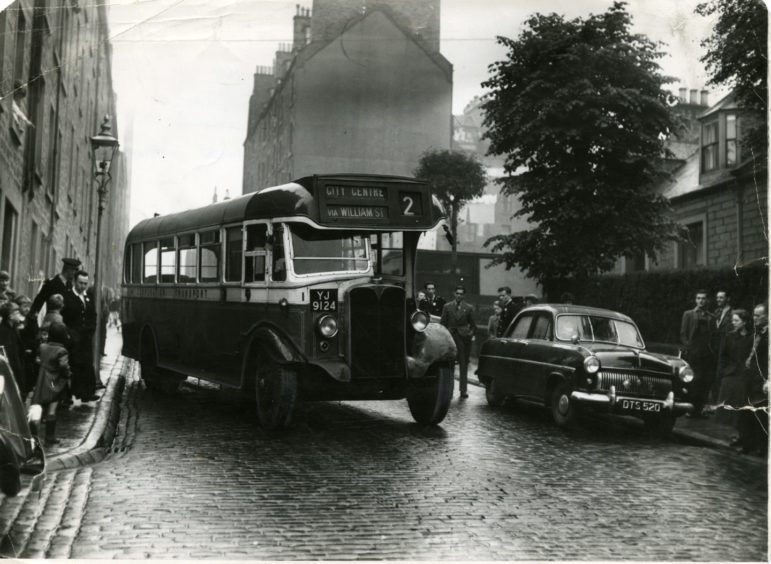
Opening in 1901, the Maryfield tram depot was originally constructed to hold a dozen trams, before it was later extended to house up to 70.
Following the closure of Dundee’s tram services in October 1956, the depot’s purpose was changed.
Instead of trams, it housed some of the Dundee Corporation buses until the mid-1970s when it was passed on to Scottish Water.
The Dundee Museum of Transport now hopes to turn the derelict building into a state of the art museum space.
The bus depot can be seen below in 1957.
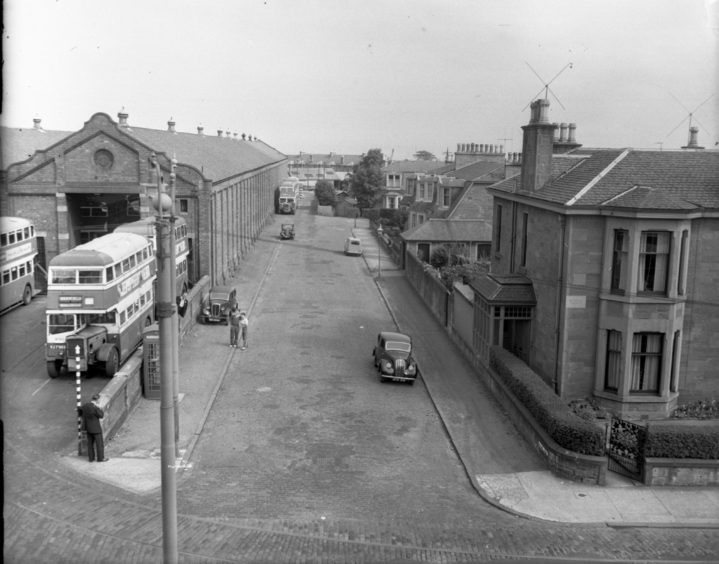
The Maryfield garage wasn’t the corporation’s only depot; the Marchbanks site is pictured below in December 1961, with a number of buses being worked on.
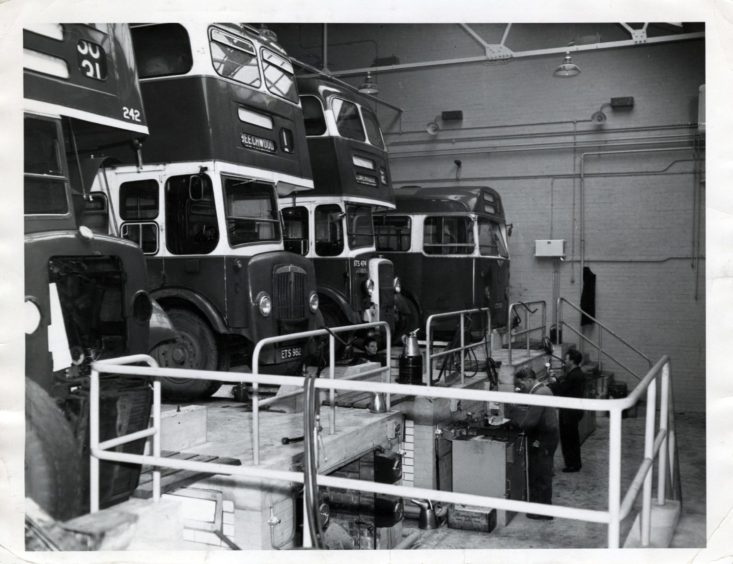
Of course, without the help of drivers and conductors the buses would be no use.
Here, two of the corporation’s drivers can be seen looking cheerful in their incredibly smart uniforms in March 1962.
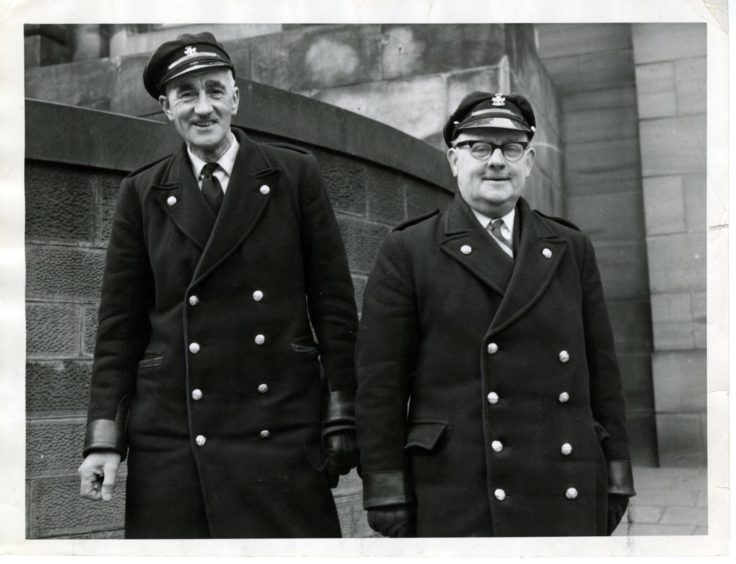
By the mid-60s the role of a bus conductor was quietly being pushed aside due to the introduction of one-man buses.
The transport department first tried out 10 of the buses on various routes in the city in February 1966, with one of the drivers pictured below.
Dundee buses stopped running with conductors in 1979 but the ‘clippies’ made a comeback on the number 73 bus in 1986.
However, it was announced that the service would stop last year.
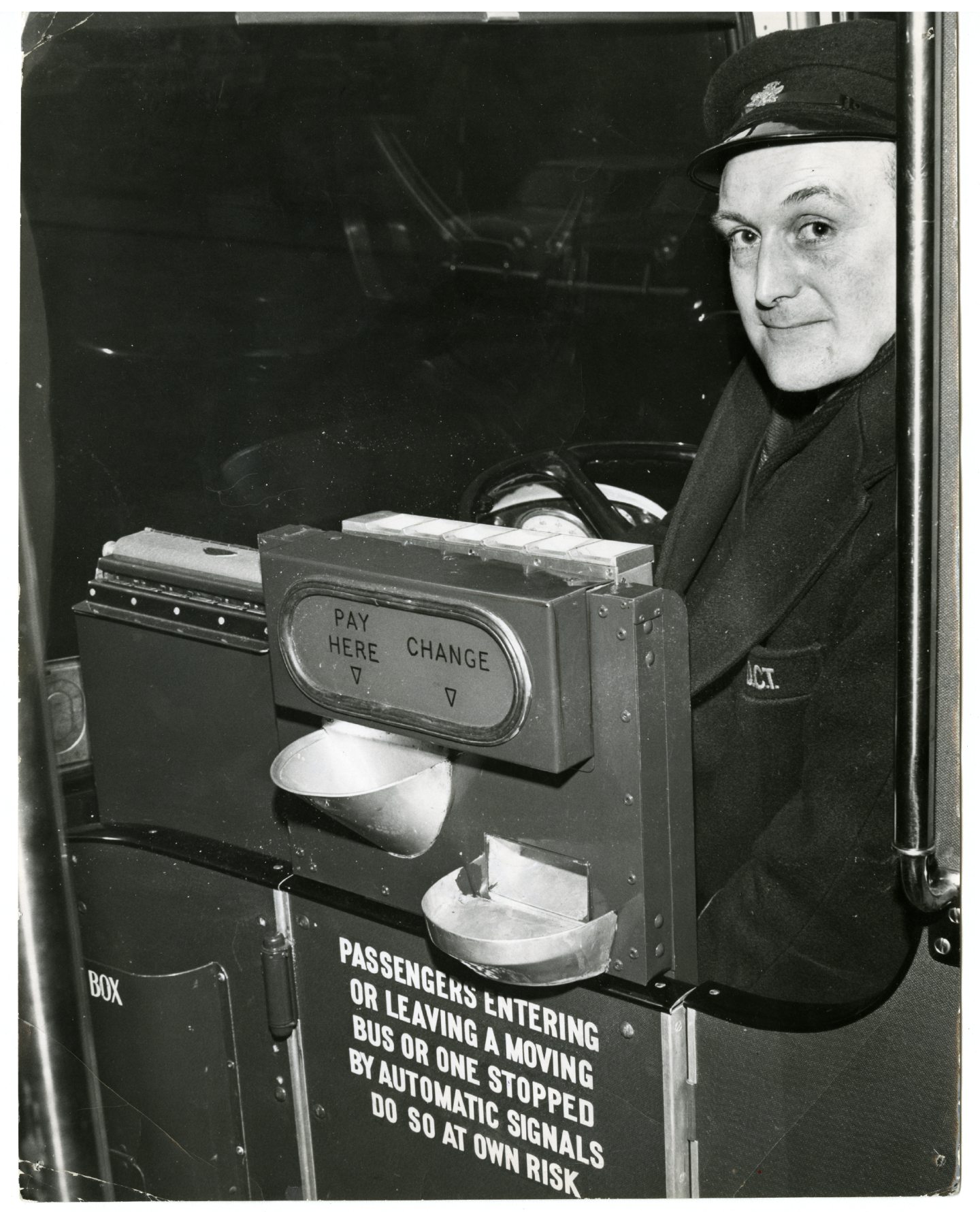
Bus driving used to be seen as a man’s world but one of the women looking to change that back in the ’70s was Elizabeth Brindley, who is seen below.
Elizabeth was one of three female bus conductors being trained up as drivers in October 1970, with Mrs Reilly and Miss Mawhinney also undertaking the training.
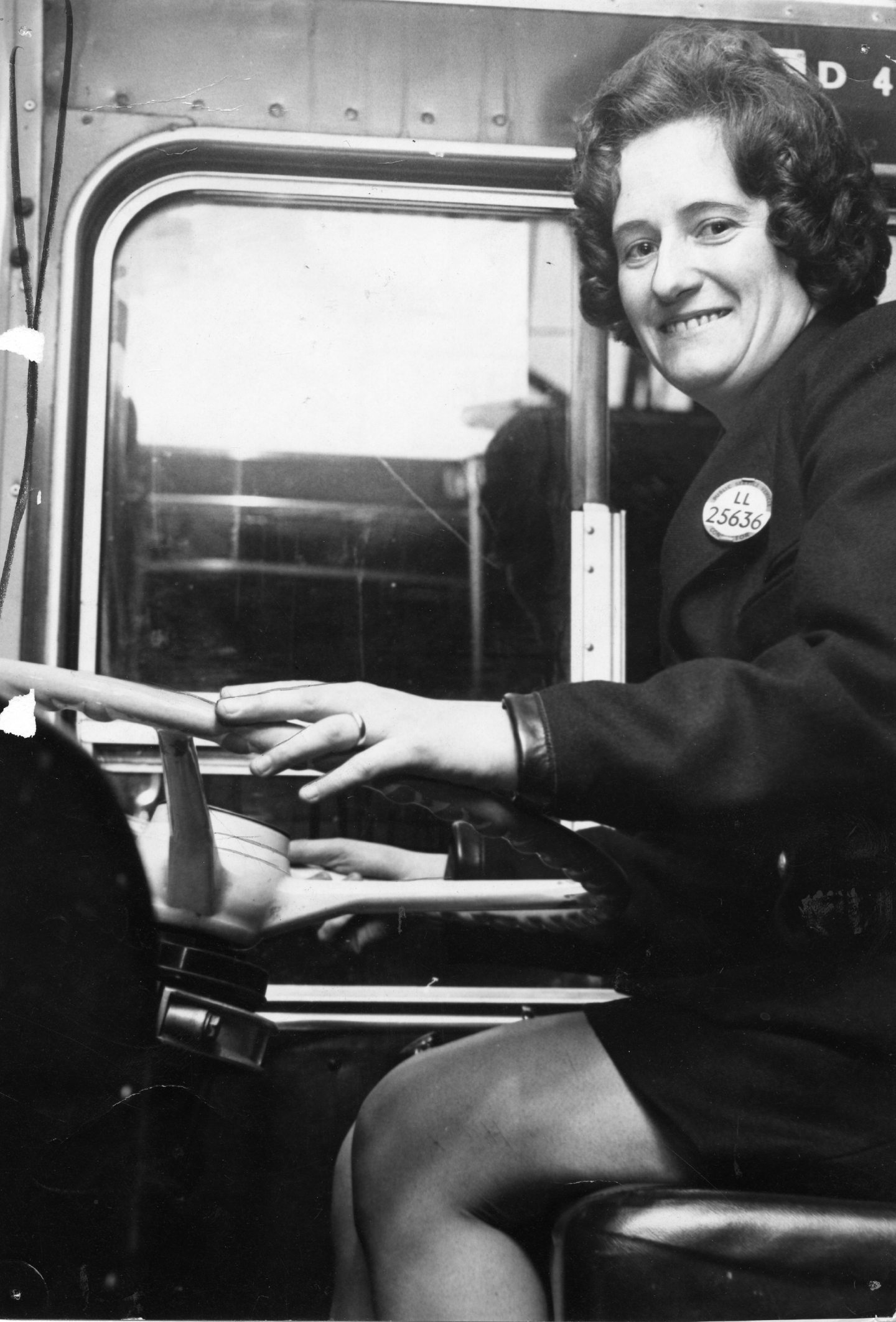
Elizabeth went on to make history when she became Dundee Corporation Transport department’s first woman bus driver.
That wasn’t her only first, though, as in February 1973 she became the first woman to drive a one man – or should that be one woman – bus.
